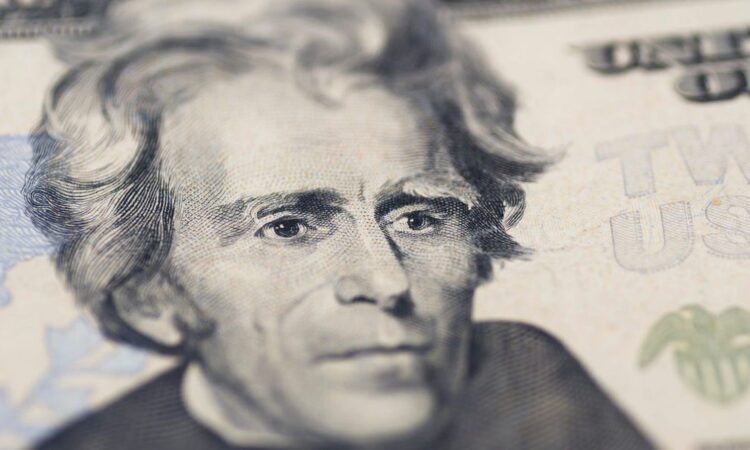
- Argentina’s presidential election puts the country closer to adopting the dollar as its own currency.
- But the switch could mean risks, and Argentina would have to cede monetary control.
- Several other countries, including Panama and Zimbabwe, have adopted the greenback.
Pro-dollarization candidate Javier Milei has secured Argentina’s presidency, laying the foundation for the country to adopt the US dollar — and join other countries that have done the same.
It’ll be no easy thing to implement, analysts have noted, as support in the Argentina’s congress remains thin. But if successful, it would become the largest economy to dollarize.
“If Argentina uses the dollar, they’re basically outsourcing their central bank and monetary policy to the US. And my sense is that few countries, especially few large countries, really want to do that,” Bannockburn Global Forex strategist Marc Chandler told Business Insider in June.
Others have also warned of recessionary risks that can erupt from a sudden currency shift, especially as Argentina lacks dollars in its reserves.
Still, other countries have done it. Here are nations that use the US dollar as local currency. GDP and population estimates come from 2021 World Bank data.
Ecuador
GDP: $106.17 billion
Population: 17,797,737
The Latin American nation went through a number of currencies before landing on the sucre. However, when this became worthless, many citizens began accumulating dollars on their own, unofficially dollarizing the nation. Ecuador eventually adopted the US dollar in 2000.
Panama
GDP: $63.61 billion
Population: 4,351,267
The Central American country uses the dollar alongside its local currency. The Panamanian Balboa is pegged 1-for-1 to the greenback and only issued in the form of coins. This structure has been established since 1904 after Panama claimed independence.
El Salvador
GDP: $28.74 billion
Population: 6,314,167
The US currency replaced El Salvador’s colón in 2001, as a method of stabilizing its economy. More recently, the nation moved to also recognize bitcoin in 2021.
Zimbabwe
GDP: $28.37 billion
Population: 15,993,524
The greenback was used in 77% of transactions this year after the US dollar was reintroduced to rein in inflation caused by the local Zimbabwean dollar. This is the second time since 2009 that the US currency was brought in.
Earlier this month, the International Monetary Fund pushed Zimbabwe to take further action on its currency reforms, such as allowing the local tender to become free-floating.
Democratic Republic of Timor-Leste
GDP: $3.62 billion
Population: 1,320,942
The US dollar became this country’s legal tender in 2000, after a popular referendum in 1999 to decide the Southeast Asian country’s independence.
The Federated States of Micronesia
GDP: $404 million
Population: 113,131
The island nation in the western Pacific adopted the dollar after gaining independence in 1979.
Marshall Islands
GDP: $260 million
Population: 42,050
The South Pacific nation of islands has used the dollar since 1979. Despite urging from the IMF to reconsider the move, the country also passed legislation to establish a national cryptocurrency in 2018, known as Sovereign.
Republic of Palau
GDP: $218 million
Population: 18,024
The Pacific archipelago nation has been using the US dollar since its inception in 1994. More recently, it partnered with crypto firm Ripple in December to develop a stablecoin.
Meanwhile, other territories and jurisdictions that also use the US dollar include Puerto Rico, Guam, the US Virgin Islands, the British Virgin Islands, Bonaire, American Samoa, and Turks and Caicos.




